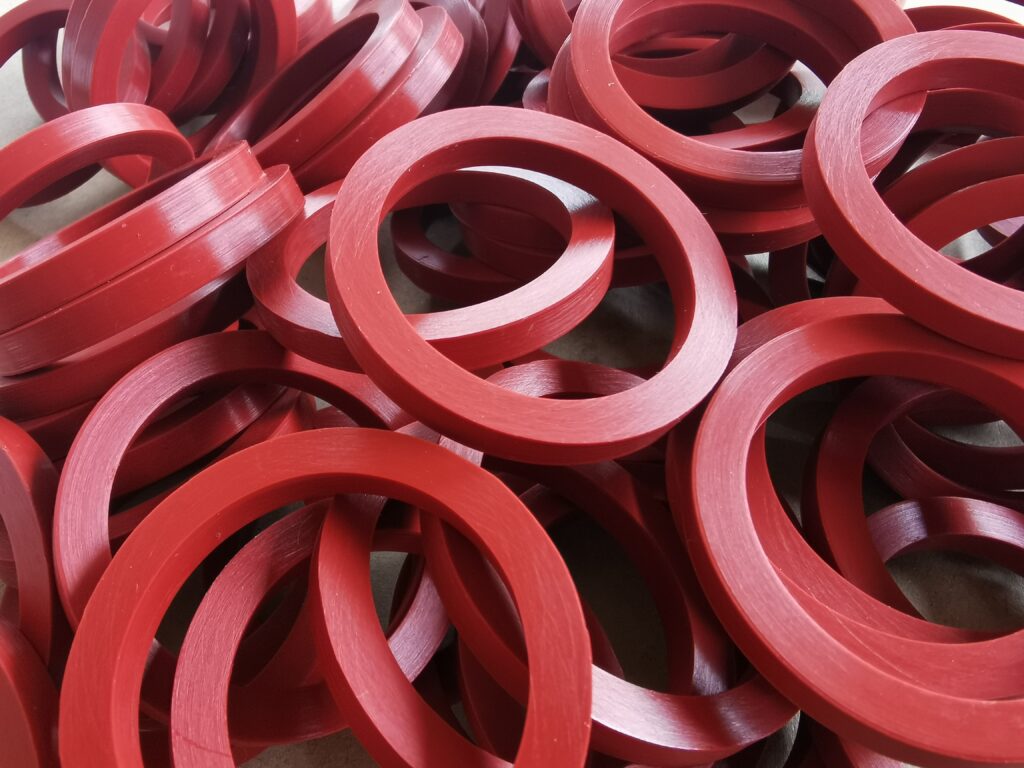Solvent-Free CO2 Extraction of Oils
Silicone Extraction Features:
- Removes un-reacted monomers and other volatiles from silicones substrates
- Applicable for medical device, silicone tubing, catheters, etc.
- Hazardous free – no added solvents used in cleaning process
- Room temperature process
- Rapid processing
CCT’s liquid CO2 systems successfully extract volatiles from silicones at room temperature by exposing the component to LCO2 under carefully controlled conditions. Liquid CO2 is non-toxic, non-flammable, non-corrosive, odorless, chemically stable, and acquired from recycled sources (does not contribute to global emissions). LCO2 has several characteristics that make it an ideal silicone extraction agent for removing volatiles from elastomers.
The CO2 extraction system by Cool Clean is a push-button, automated system that is simple to operate. The system features a touch-screen HMI and uses PLC to control the process parameters, exposure time, and has a programmed pressure reduction scheme to safely reduce the pressure. Upon completion, the door is de-pressurized, unlocked, and the parts are ready for use or the next process. The CO2 extraction system is virtually a closed system, recovering 99% of the CO2 used in the process.
Silicone extraction using CO2 has the following advantages.
- Removes volatile compounds to parts-per-million level
- LCO2 extracted silicone rubber contains less extractables and yields a higher tensile strength than traditional vacuum bakeout processed materials
- Extraction is performed at room temperature, eliminating potential damage or premature wear from high temperature exposure
- Safe to use through ‘post cure’ in combinations with thermoplastic materials
- The process can avoid slit healing – even after gamma sterilizations
- 100% environmentally friendly
- Cycle time of only a few hours
This process is based on the properties and advantages of liquid CO2 as the inert extraction media and represents an alternative to the expensive heat curing method currently used in this industry.

